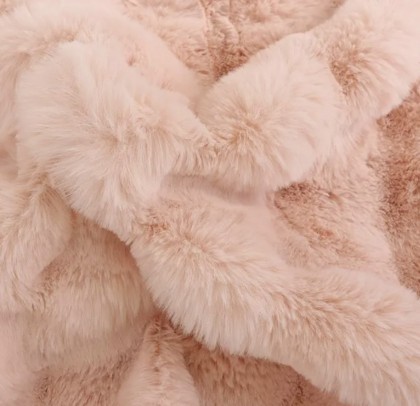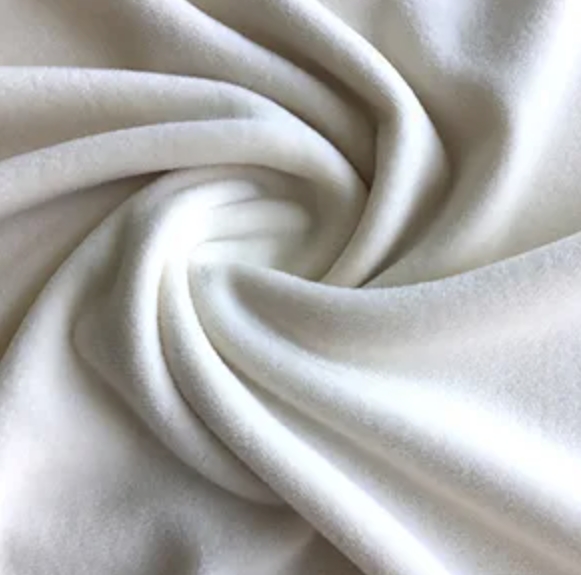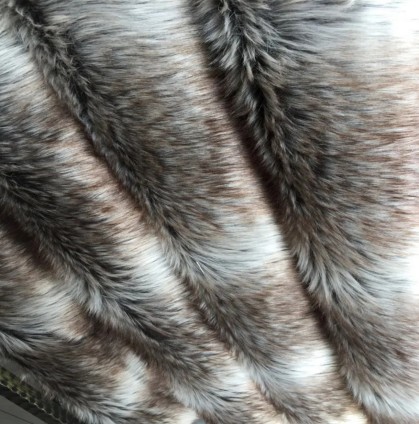Microfiber fabric has earned its place as one of the most versatile and practical textiles in the modern world. It’s everywhere — from a sleek microfiber fabric couch in a living room to high-performance sportswear, from luxury bedding to the microfiber fabric upholstery in a family SUV. Its popularity is no accident; the combination of softness, durability, and low maintenance makes it appealing for both personal and professional use.
But when you run your hand across its velvety surface, have you ever wondered:
What is microfiber fabric made of?
The answer involves understanding not only the fibers themselves but also how they’re engineered, treated, and applied. In this comprehensive guide, we’ll explore the composition of microfiber, how it’s produced, its many uses, and the pros and cons to consider before buying — whether you’re shopping for microfiber fabric by the yard, selecting microfiber fabric for sofa upholstery, or just curious about the science behind it.
What Is Microfiber Fabric?
The term microfiber refers to the size of the fibers rather than the material they’re made from. A microfiber is a synthetic fiber finer than one denier (a unit measuring fiber thickness). This is thinner than a strand of silk and many times smaller than a human hair, which typically measures 50–70 micrometers in diameter.
Defining characteristics of microfiber fabric:
Soft and smooth texture for comfort and aesthetics.
Lightweight yet strong for long-term use.
Stain resistance is achieved when tightly woven or specially treated.
Excellent color retention over time.
Easy maintenance compared to many natural fabrics.
Microfiber fabric can be woven, knitted, or nonwoven, and its performance depends heavily on both the material used and the manufacturing method.

What Is Microfiber Fabric Made Of?
The majority of microfiber fabrics are composed of polyester, polyamide (nylon), or a blend of the two. The choice of fiber influences the fabric’s feel, durability, and water resistance.
Polyester
Polyester is the most common base fiber for microfiber. It’s made from polyethylene terephthalate (PET), a petroleum-derived polymer known for:
Hydrophobic nature (repels water and dries quickly).
Resistance to shrinking and wrinkling.
Long-lasting colorfastness.
Strength and shape retention.
Polyester microfibers are often used in microfiber fabric upholstery because they stand up well to daily wear and sunlight exposure.
Polyamide (Nylon)
Nylon is valued for:
Flexibility and elasticity.
Abrasion resistance.
A softer, silkier hand-feel.
It’s often added to polyester in blends to improve comfort and stretch.
Polyester-Nylon Blends
The most common microfiber blend — 80% polyester / 20% nylon — combines polyester’s strength with nylon’s softness. This makes it ideal for both microfiber fabric for sofa applications and high-end cleaning cloths.
How Microfiber Fabric Is Produced
Producing microfiber fabric is a precise, high-tech process.
Step 1: Polymer Preparation
Polyester and nylon pellets are melted down into a viscous liquid.
Step 2: Extrusion
The molten polymer is forced through a spinneret, a metal disk with microscopic holes, forming continuous filaments.
Step 3: Splitting
Some microfiber strands are “split” into even finer filaments to increase absorbency and create a softer texture.
Step 4: Weaving or Knitting
Microfibers are woven or knitted into fabric. Tight weaves yield more durable, stain-resistant upholstery, while looser structures are used for cleaning cloths or apparel.
Step 5: Finishing Treatments
Depending on the intended application, finishes might include:
Stain repellents
Water-resistant coatings
Antimicrobial treatments
Specialized dyes for UV resistance
Key Properties of Microfiber Fabric
Softness
Its ultra-fine strands create a smooth surface that feels gentle against the skin — one reason microfiber fabric couches are so comfortable.
Durability
Tightly woven microfiber can withstand years of use without pilling, fraying, or losing shape.
Stain Resistance
The density of the weave makes it difficult for liquids to penetrate, and coatings add extra protection.
Easy Maintenance
Most stains can be removed with mild soap and water, and the fabric dries quickly.
Color Retention
Microfiber resists fading, even in direct sunlight, making it ideal for living rooms with lots of natural light.

Comparing Microfiber to Other Upholstery Fabrics
| Feature | Microfiber Fabric | Cotton | Leather |
|---|---|---|---|
| Softness | Very soft, suede-like | Soft, breathable | Firm, smooth |
| Durability | High | Medium | Very high |
| Stain Resistance | High | Low | Medium (requires treatment) |
| Maintenance | Easy | Moderate (needs frequent washing) | High (requires conditioning) |
| Cost | Affordable | Affordable to moderate | High |
Common Uses of Microfiber Fabric
Upholstery
Microfiber fabric for a sofa is one of the most popular applications due to comfort, durability, and ease of cleaning.
Chairs, ottomans, and headboards also benefit from microfiber upholstery.
Home Décor
Curtains, throw pillows, and bedspreads.
Microfiber fabric by the yard allows customization for home projects.
Apparel
Sportswear, outerwear, and lingerie — appreciated for quick-drying, lightweight comfort.
Cleaning
Microfiber cloths and mops trap dirt and absorb water efficiently.
Microfiber Fabric for Sofa: A Closer Look
Why so popular for sofas?
Pet-friendly: Resistant to claw marks and easy to clean pet hair.
Family-friendly: Handles spills and stains with minimal fuss.
Design versatility: Available in many colors and textures.
Long-term investment: Holds shape and appearance for years.
Buying Microfiber Fabric by the Yard
For DIY upholstery or sewing projects:
Choose the right thickness: Heavier weights for sofas, lighter for curtains.
Check fiber blend: Pure polyester for toughness, blends for softness.
Colorfastness: Look for fabrics tested for UV resistance.
Maintenance and Cleaning Tips
For Upholstery:
Vacuum weekly to remove dust.
Blot spills immediately.
Spot-clean with water and mild detergent.
Avoid bleach or strong solvents.
For Clothing:
Wash in cold water.
Avoid fabric softener (it clogs fibers).
Air-dry or tumble on low.
Pros and Cons of Microfiber Fabric
Pros:
Luxuriously soft feel
Long lifespan
Stain and fade-resistant
Easy to clean
Affordable
Cons:
Can produce static
Attracts lint without treatment
Less breathable than natural fibers
Synthetic origin means it’s not biodegradable
Environmental Considerations
Microplastic shedding during washing is a concern.
Opt for recycled microfiber where possible.
Use laundry filters to capture microfibers.
Expert Tips for Choosing Microfiber Upholstery
Test the feel: Make sure it matches your comfort preference.
Ask about the weave density: Denser weaves last longer.
Check cleaning codes: “W” means water-cleanable, “S” means solvent only.
Look for stain protection, especially for high-use furniture.
So, what is microfiber fabric made of? Most often, it’s a carefully engineered combination of polyester and nylon — spun into fibers finer than silk and woven into a material that blends softness, durability, and easy care. From microfiber fabric upholstery to microfiber fabric for sofa and microfiber fabric by the yard for custom projects, its appeal spans both practicality and style.
Whether you’re redecorating a home, making your curtains, or choosing the perfect microfiber fabric couch, knowing what’s behind the fabric helps you choose with confidence — ensuring beauty, comfort, and longevity.




